KIRBY HALL:
A VISITORS GUIDE
Nestled in the beautiful Northamptonshire countryside, Kirby Hall stands as one of England’s most majestic and historically significant estates.
Built in the late 16th century, this grand manor offers a glimpse into the lavish lifestyle of Elizabethan aristocracy and showcases an exquisite blend of Renaissance and classical architecture.
Whether you’re an architecture enthusiast, a history buff, or simply seeking a peaceful escape into nature, Kirby Hall promises a fascinating and enriching experience.
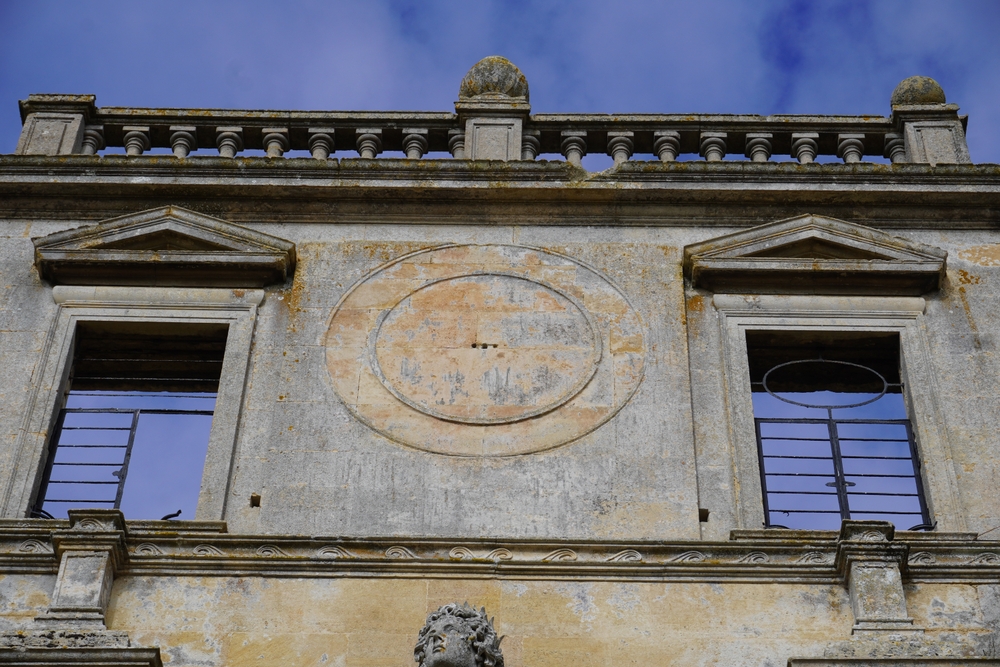
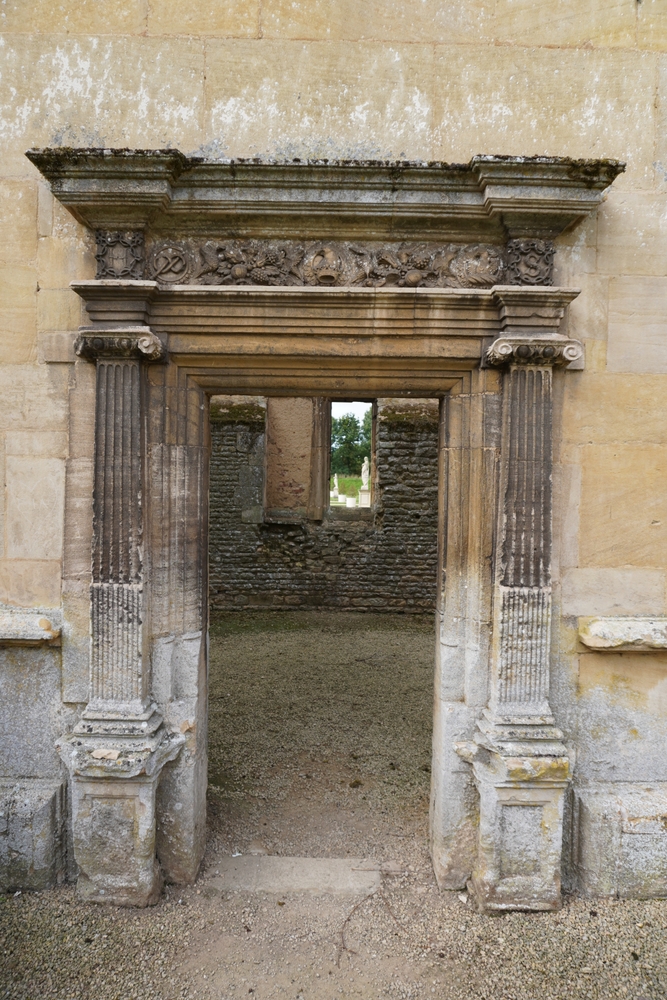
Exploring Kirby Hall: A Journey Through History and Architecture
A Glimpse into History
Kirby Hall was commissioned by Sir Humphrey Stafford in 1570, though it was later acquired by Sir Christopher Hatton, a close ally of Queen Elizabeth I. Hatton expanded the estate, transforming Kirby Hall into one of the finest houses of its time. The Queen herself is rumoured to have visited, solidifying its status as a symbol of wealth and influence.
Although the Hall’s later years saw it fall into disrepair, its rich history remains deeply woven into the fabric of the estate. English Heritage, which now manages the property, has carefully restored parts of Kirby Hall, preserving its legacy for future generations.
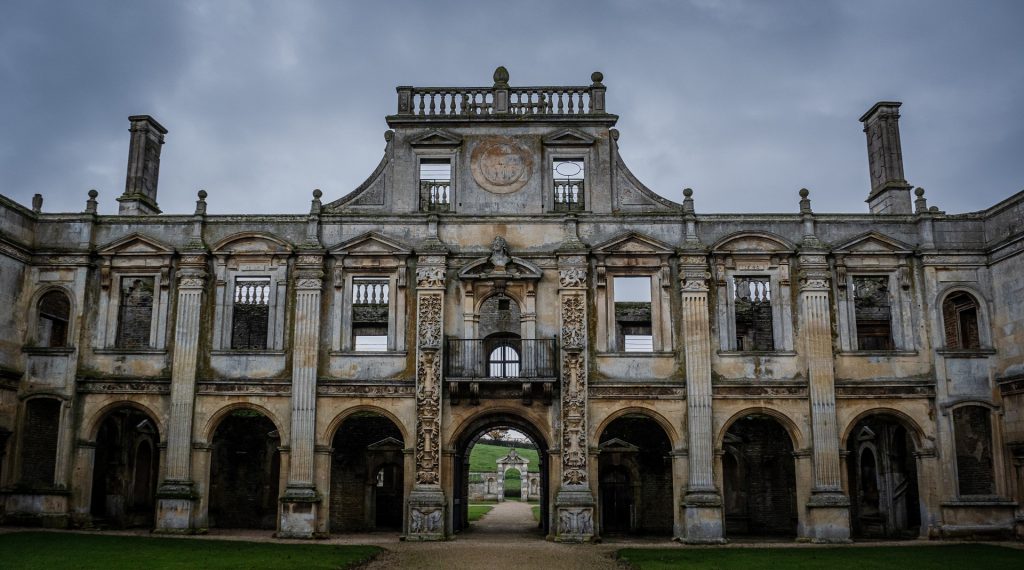
Architecture That Stands the Test of Time
The architecture of Kirby Hall is a masterful example of Elizabethan innovation. It features an intricate balance between Renaissance symmetry and the grandeur of English manor houses.
The stonework, detailed carvings, and ornate windows tell the story of an era defined by artistic ambition and technical prowess.
One of the most striking aspects of Kirby Hall is its courtyard, designed to impress visitors with its opulence. The south-facing rooms overlook beautiful formal gardens, which were restored to their original layout.
These gardens, once the setting for extravagant gatherings, remain an enchanting space, inviting visitors to take leisurely strolls through perfectly manicured hedges and colourful flower beds.
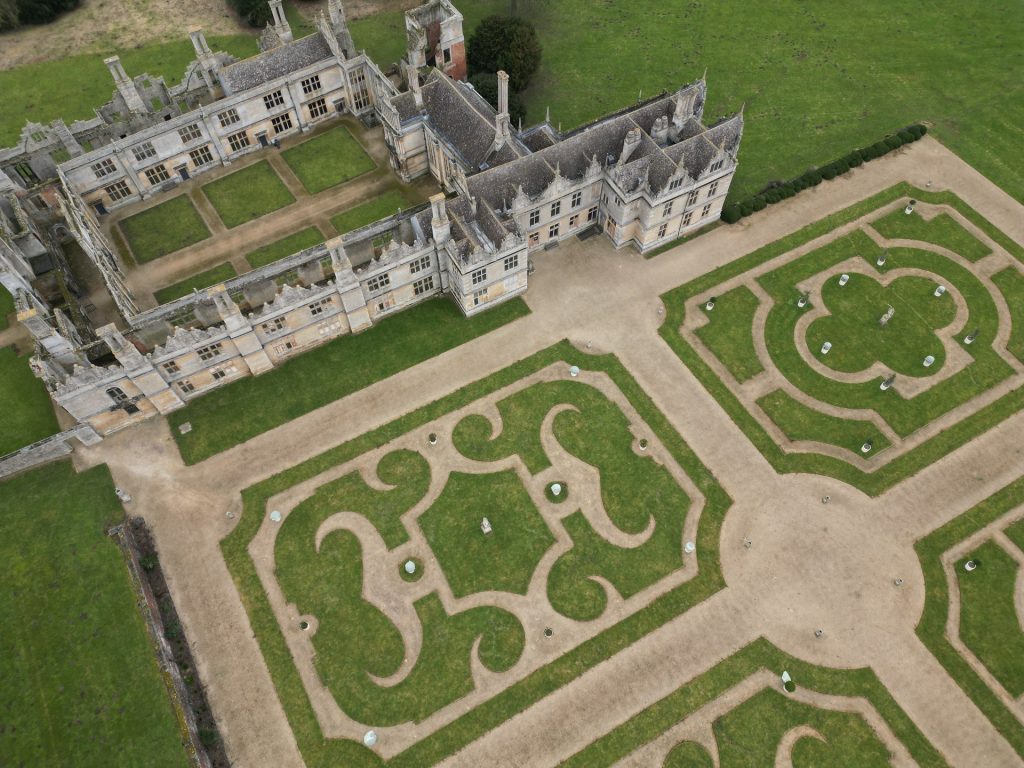
Inside Kirby Hall
Though much of the interior has been lost to time, several rooms still retain their original grandeur, offering visitors a window into the lives of those who once walked its halls. Visitors can explore the state rooms, adorned with intricate plaster ceilings, tapestries, and large fireplaces that evoke the luxury of the Elizabethan era.
Interactive exhibits and displays provide deeper insights into the estate’s history, architecture, and the lives of its former residents. Audio guides and informative plaques help visitors imagine Kirby Hall in its heyday, making the experience more immersive.

The Enchanting Gardens
The gardens of Kirby Hall are a highlight of any visit. Restored to reflect their 17th-century design, they feature geometric patterns, neatly trimmed hedges, and ornamental statues. These gardens once served as a backdrop for elegant social gatherings, where aristocrats would flaunt their wealth and status.
Whether you’re interested in horticulture or just want to enjoy a peaceful afternoon outdoors, the gardens offer a tranquil escape. The interplay of nature and architecture creates a serene atmosphere, perfect for a relaxing stroll.
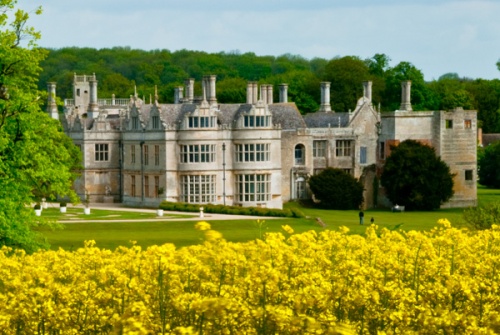
Kirby Hall in Popular Culture
Kirby Hall has also captured the attention of filmmakers and television producers.
Its timeless beauty and well-preserved historical features have made it the backdrop for several period dramas and films.
Visitors might recognise the Hall from productions such as Jane Eyre and Mansfield Park, which used Kirby Hall to evoke the essence of 18th- and 19th-century England.

Explore Other Attractions

Top Shows and Fairs – Northamptonshire Vintage & Classic Car Show
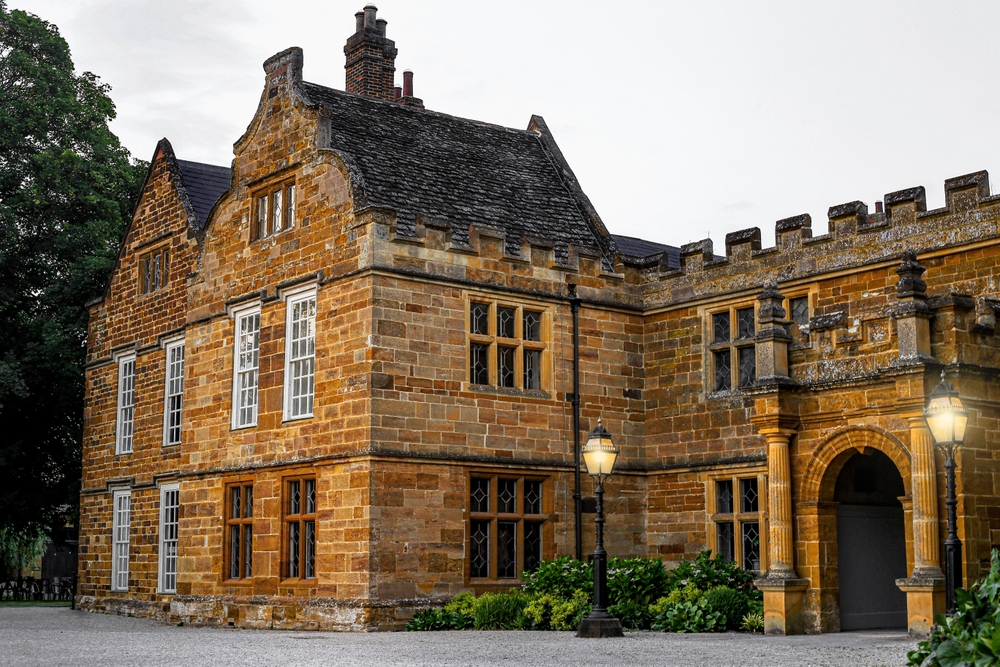
Top Shows and Fairs – Northamptonshire Heritage Forum Events

Top Shows and Fairs – Northamptonshire Food & Drink Festival
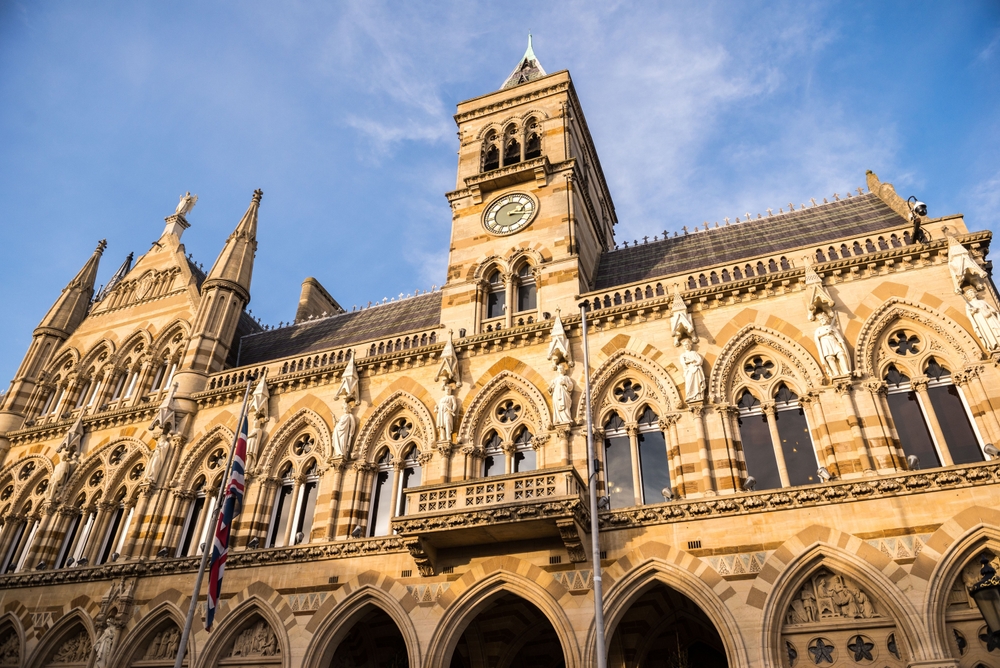
Top Shows and Fairs In Northamptonshire – Northamptonshire Day Celebration

Top Shows and Fairs In Northamptonshire – Northamptonshire Craft & Artisan Fair

Top Shows and Fairs In Northamptonshire – Northamptonshire Business Exhibition

Top Shows and Fairs In Northamptonshire – Northampton Carnival

Top Shows and Fairs – Heritage Fair Northants North
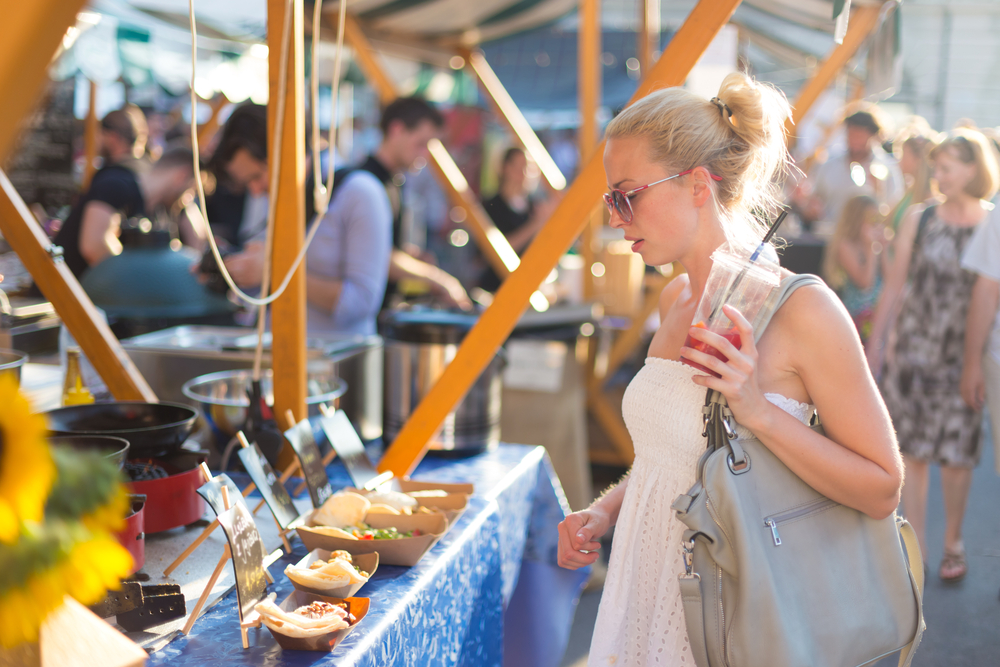
Top Shows and Fairs – Delapré Food Festival

Top Shows and Fairs – Blakesley Show

Top Shows and Fairs – Antiques & Vintage Fair At Lamport Hall
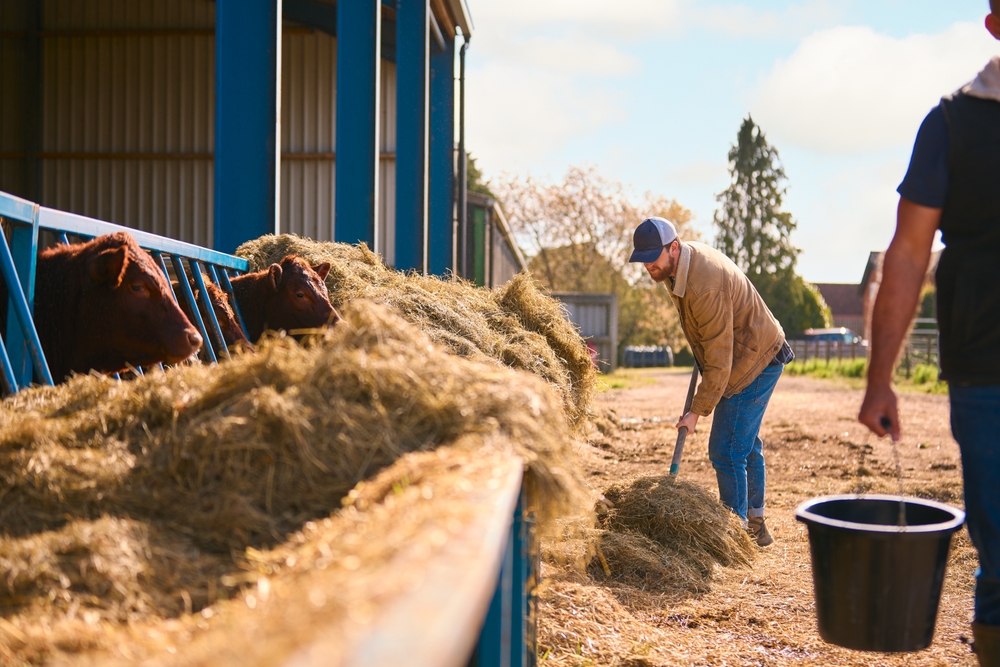
Top Shows and Fairs – Northamptonshire Young Farmers County Rally
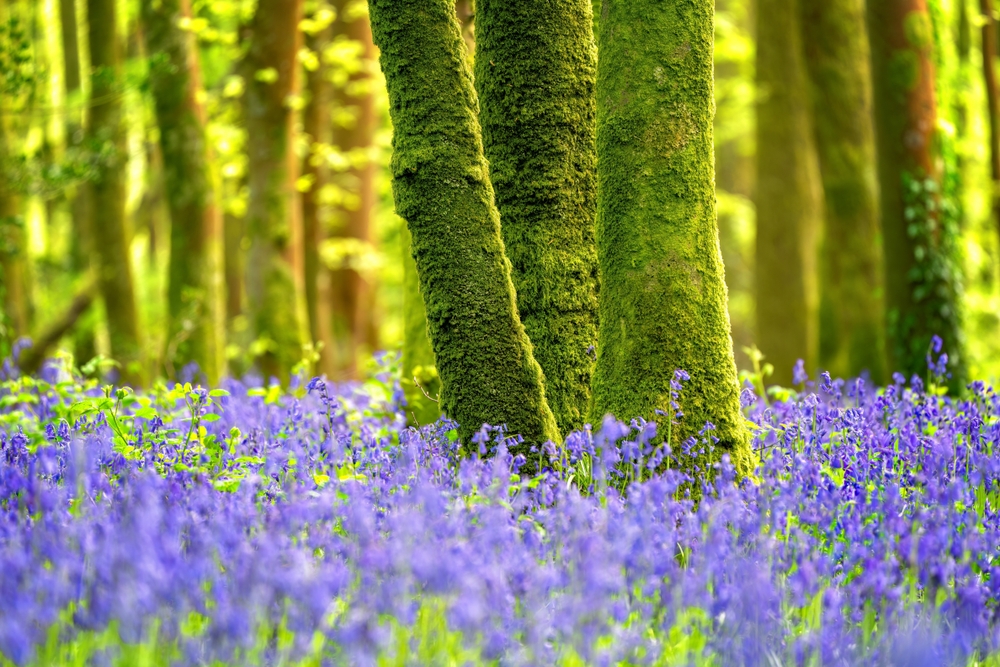
Archaeological Sites and Ruins Near Barton Hall – Wakerley Great Wood

Archaeological Sites and Ruins Near Barton Hall – Sulgrave Manor & earthworks
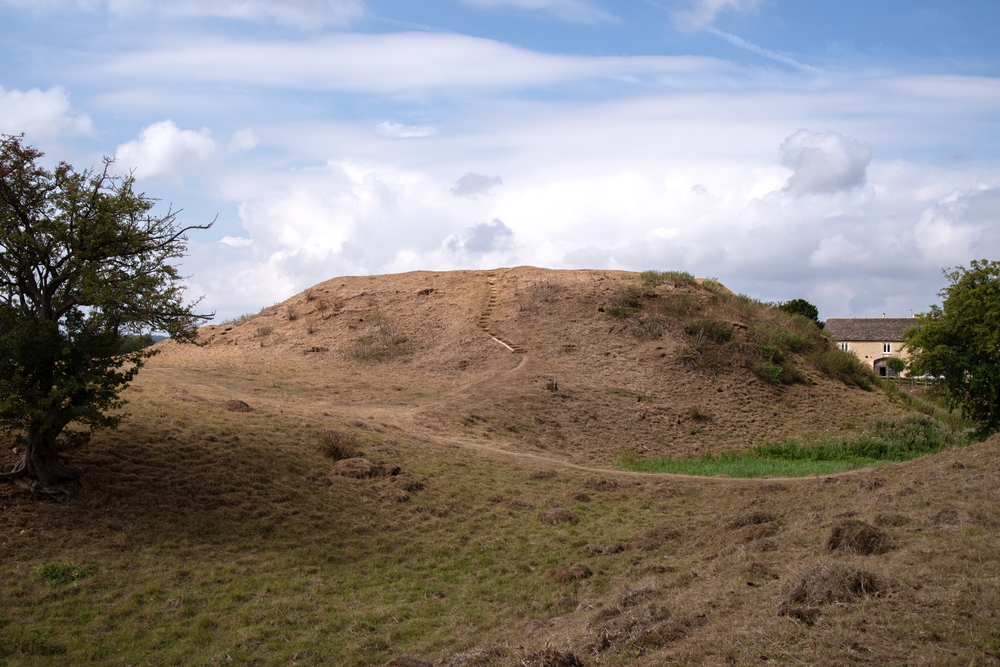
Archaeological Sites and Ruins Near Barton Hall – Raunds Settlement
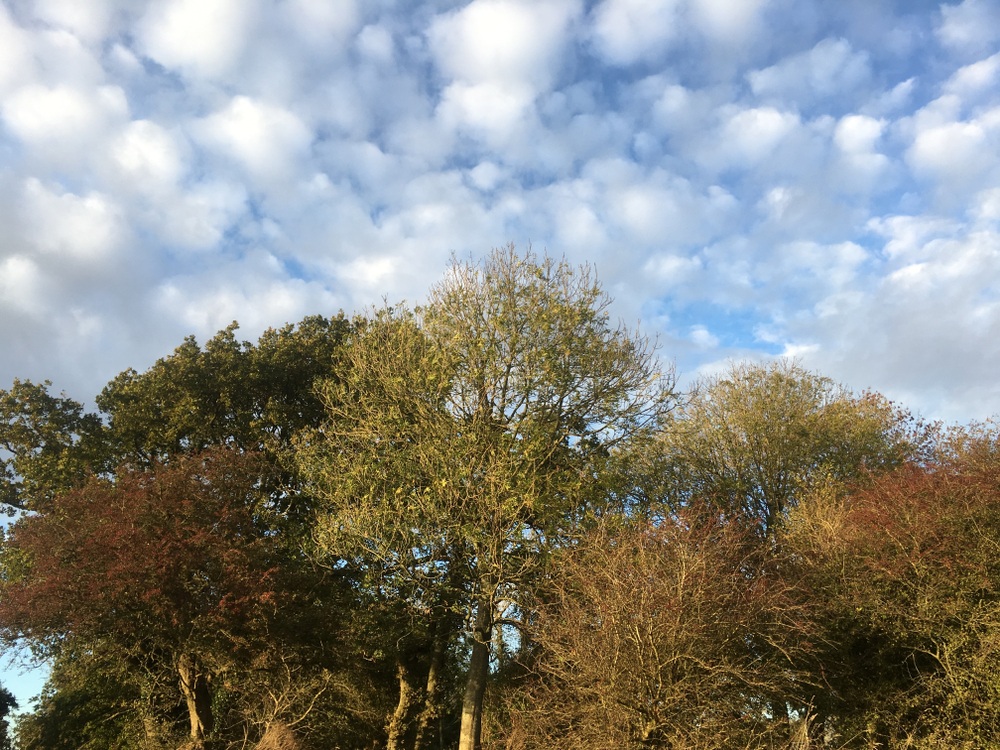
Archaeological Sites and Ruins Near Barton Hall – Rainsborough Camp
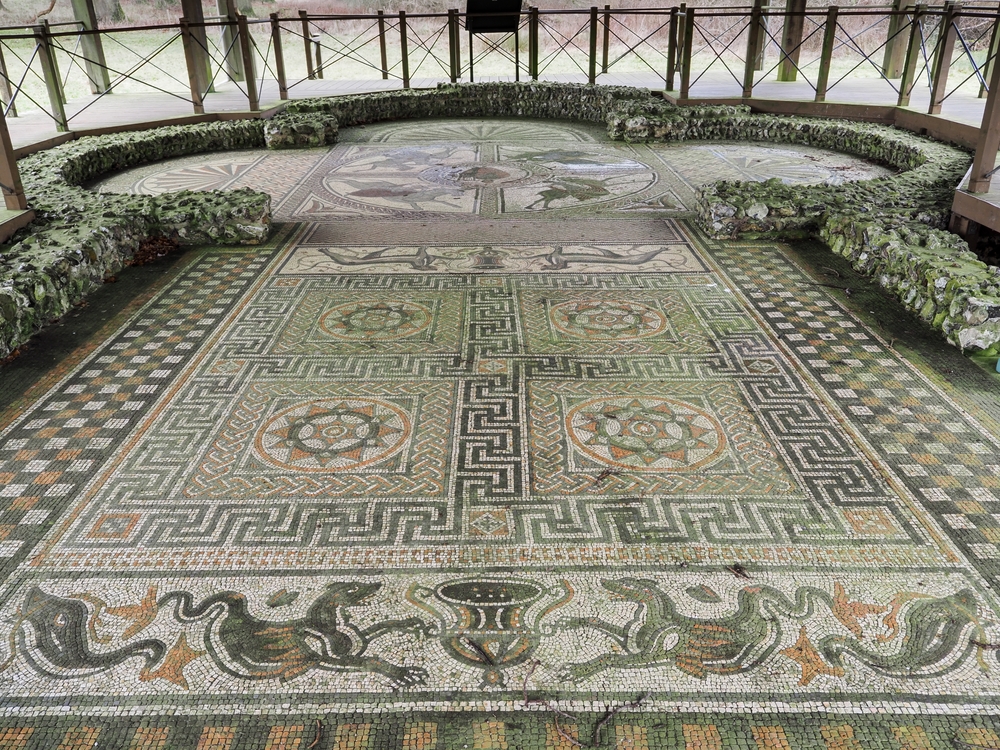
Archaeological Sites and Ruins Near Barton Hall – Piddington Roman Villa

Archaeological Sites and Ruins Near Barton Hall – Hunsbury Hill Fort
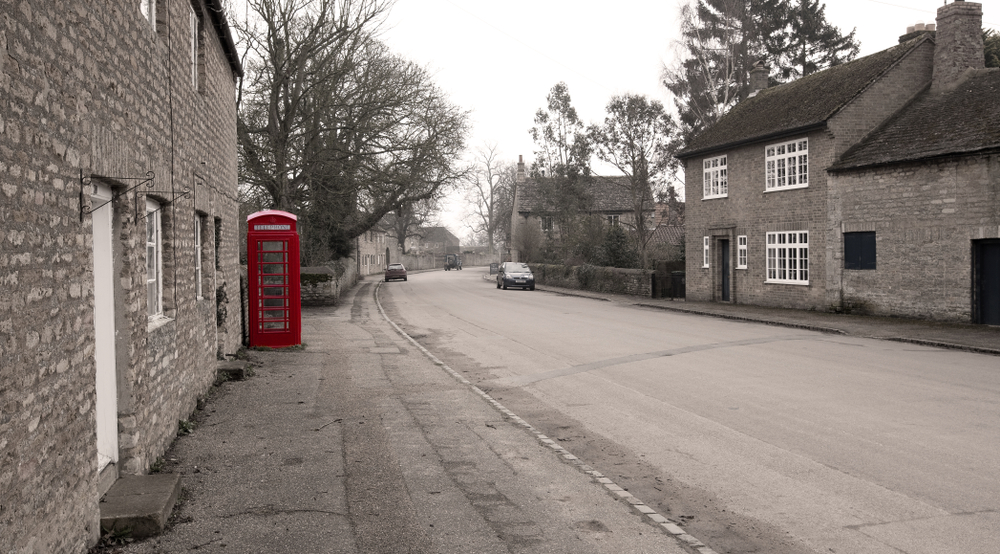
Archaeological Sites and Ruins Near Barton Hall – Holdenby Village

